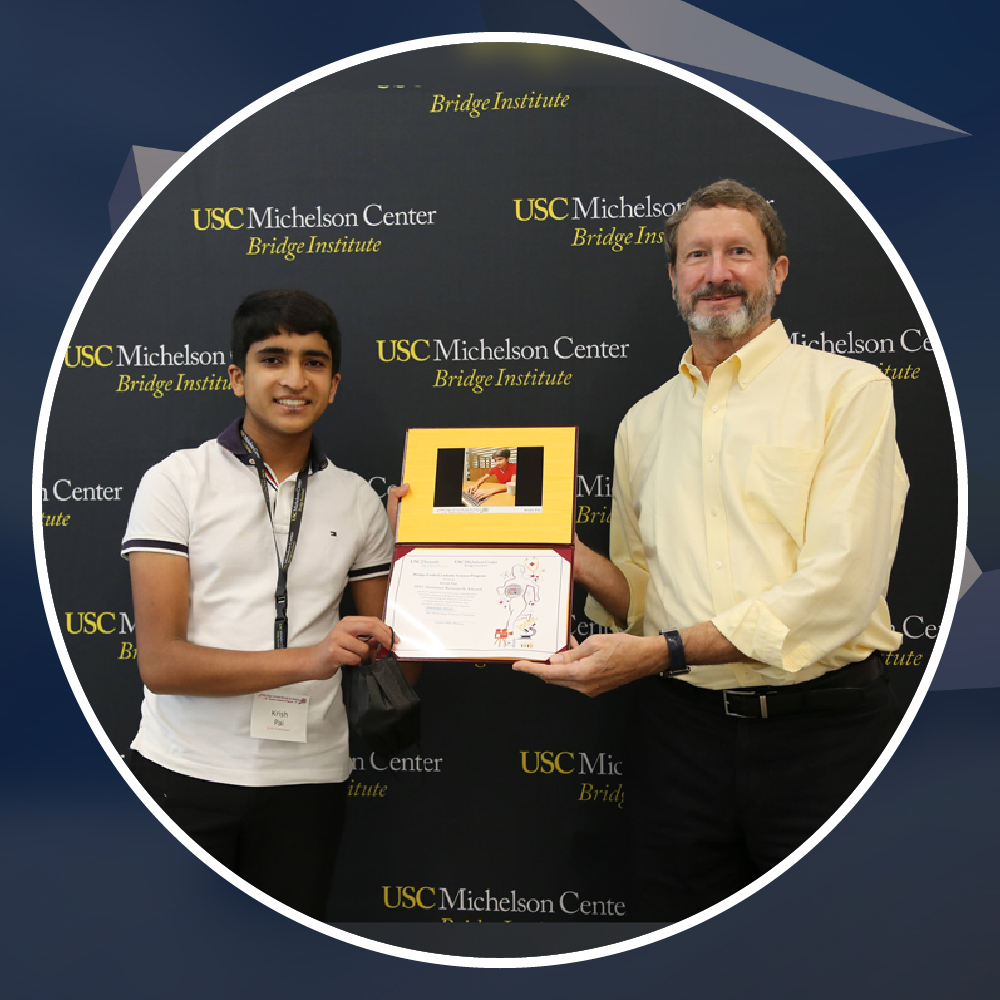
Baking from scratch is more than just a cooking method; it’s an intricate blend of science and art. Each ingredient, every measurement, and the timing of each step come together to create something delicious and satisfying. Understanding the science behind baking can transform your approach while embracing the art can elevate your creations to new heights.
The Chemistry of Baking: Understanding Ingredients
Baking is rooted in chemistry. When you mix flour, sugar, butter, and eggs, you’re not just combining ingredients; you’re initiating chemical reactions that will define your baked goods’ texture, flavor, and structure. Flour, for instance, contains proteins that form gluten when mixed with water, giving your bread its chewy texture. The type of flour you use, all-purpose, bread, or cake flour, will impact the final product.
Leavening agents like baking powder, baking soda, and yeast are also crucial. They release gases that make your dough rise, creating the light and fluffy texture we expect in cakes, bread, and other baked goods. Understanding how these agents work helps you make better decisions in the kitchen, like choosing the right one for your recipe or knowing how to adjust quantities based on your desired outcome.
Balancing Flavors: The Art of Ingredient Harmony
While science governs the structure and texture of baked goods, art balances the flavors. Sugar doesn’t just add sweetness; it also enhances other flavors and affects the moisture and browning of your bake. The type of sugar you choose—whether it’s white, brown, or powdered—can drastically change the flavor and appearance of your creation.
Spices, extracts, and flavorings play a significant role in defining the character of your bake. A dash of cinnamon can add warmth, while a splash of vanilla can enhance sweetness. The art of baking lies in balancing these flavors to create something that is palatable and memorable. Experimenting with combinations allows you to develop a signature flavor profile that sets your baked goods apart.
Precision and Patience: The Baker’s Virtues
Precision is vital in baking. Unlike cooking, where you can often adjust seasonings and ingredients to taste, baking requires exact measurements. Too much or too little of an ingredient can ruin your final product’s texture, flavor, or appearance. This is where tools like digital scales and measuring cups become essential in ensuring accuracy.
Patience is another key virtue in baking. Whether waiting for the dough to rise or allowing a cake to cool before frosting, rushing the process can lead to disappointing results. Understanding the importance of each step and taking the time to do it right separates a good baker from a great one. Patience allows flavors to develop and textures to set, resulting in a superior final product.
The Role of Temperature: A Critical Factor
Temperature plays a critical role in baking, affecting everything from the rise of your dough to the texture of your finished product. Preheating your oven to the correct temperature ensures that your baked goods cook evenly and rise properly. Baking at too high a temperature can cause cakes to crack, while too low a temperature may result in a dense, undercooked interior.
In addition to oven temperature, the temperature of your ingredients can also impact your bake. Room-temperature eggs, for example, mix more easily into the batter, creating a smoother texture. When cut into flour, cold butter creates pockets of air as it melts, leading to flaky pastries. Understanding how temperature affects your ingredients and baking environment can help you achieve consistent, professional results.
Creativity in Baking: Personalizing Your Creations
While the science of baking lays the foundation, creativity allows you to make each recipe your own. Once you understand the basic principles, you can experiment with new flavors, textures, and techniques. Whether adding a unique twist to a classic recipe or developing an entirely new one, creativity keeps baking exciting.
Personalization can come in many forms, from tweaking a recipe to suit your taste to decorating your baked goods to reflect your personality. The possibilities are endless; the more you experiment, the more confident you’ll become in your abilities. Embracing creativity in baking not only makes the process more enjoyable but also results in a product that is truly yours.
The Joy of Sharing: Baking as a Form of Connection
Baking is often a communal activity, bringing people together to enjoy the fruits of your labor. Whether it’s a loaf of bread shared with family, cookies baked for a neighbor, or a cake made for a special occasion, baked goods uniquely connect people. Baking expresses love and care, from measuring ingredients to the final presentation.
Sharing your baked creations is one of the most rewarding aspects of the craft. The joy on someone’s face when they take that first bite is a testament to the time, effort, and skill you’ve invested. Baking from scratch is not just about creating something delicious; it’s about creating something that brings people together, fostering lifetime connections.
The Endless Journey of Baking Mastery
Baking from scratch is a lifelong journey of learning and experimentation. The science provides a reliable framework, while the art allows for personal expression. With each bake, you gain a deeper understanding of the ingredients, techniques, and processes that lead to success. Whether you’re a novice or an experienced baker, there’s always something new to learn and explore in baking.
The beauty of baking lies in its blend of precision and creativity, science and art. As you continue baking, you’ll discover endless possibilities, limited only by your imagination and curiosity. So grab your apron, preheat your oven, and embark on your next baking adventure—there’s always something delicious waiting to be created.